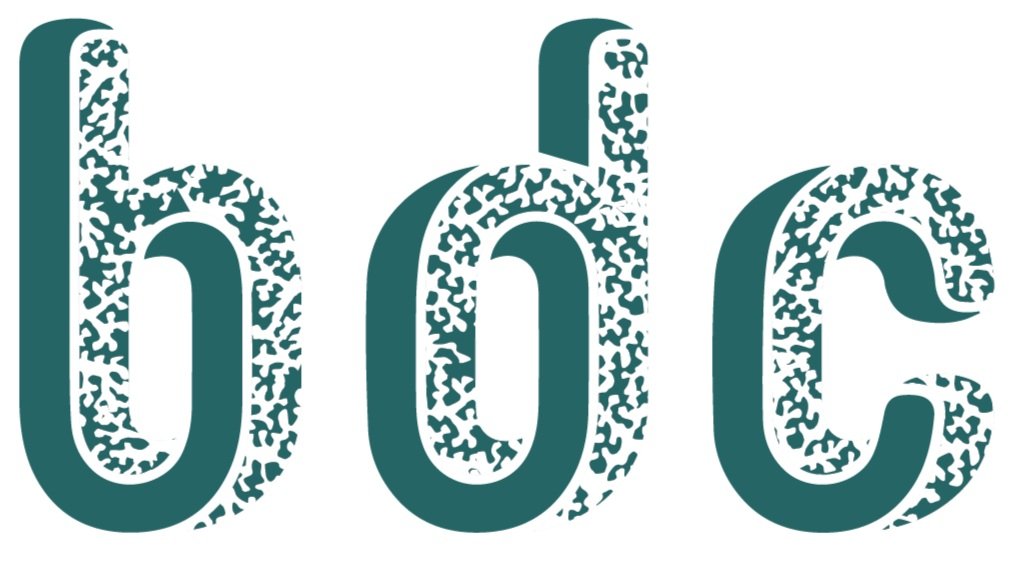Aalto University
PROJECTS | 2020
SBARK - Shield of Spruce
Megan McGlynn, ChiaoWen Hsu, Iines Jakovlev, Eveliina Juuri, Nina Riutta, Aarni Tujula
Shield of Spruce (SBARK) uses compounds from spruce bark to enhance fabric. Extracts from waste in the timber industry are embedded into cellulose fibers as a sustainable all-natural, UV-protective, and antibacterial finishing agent.
Finalist Team
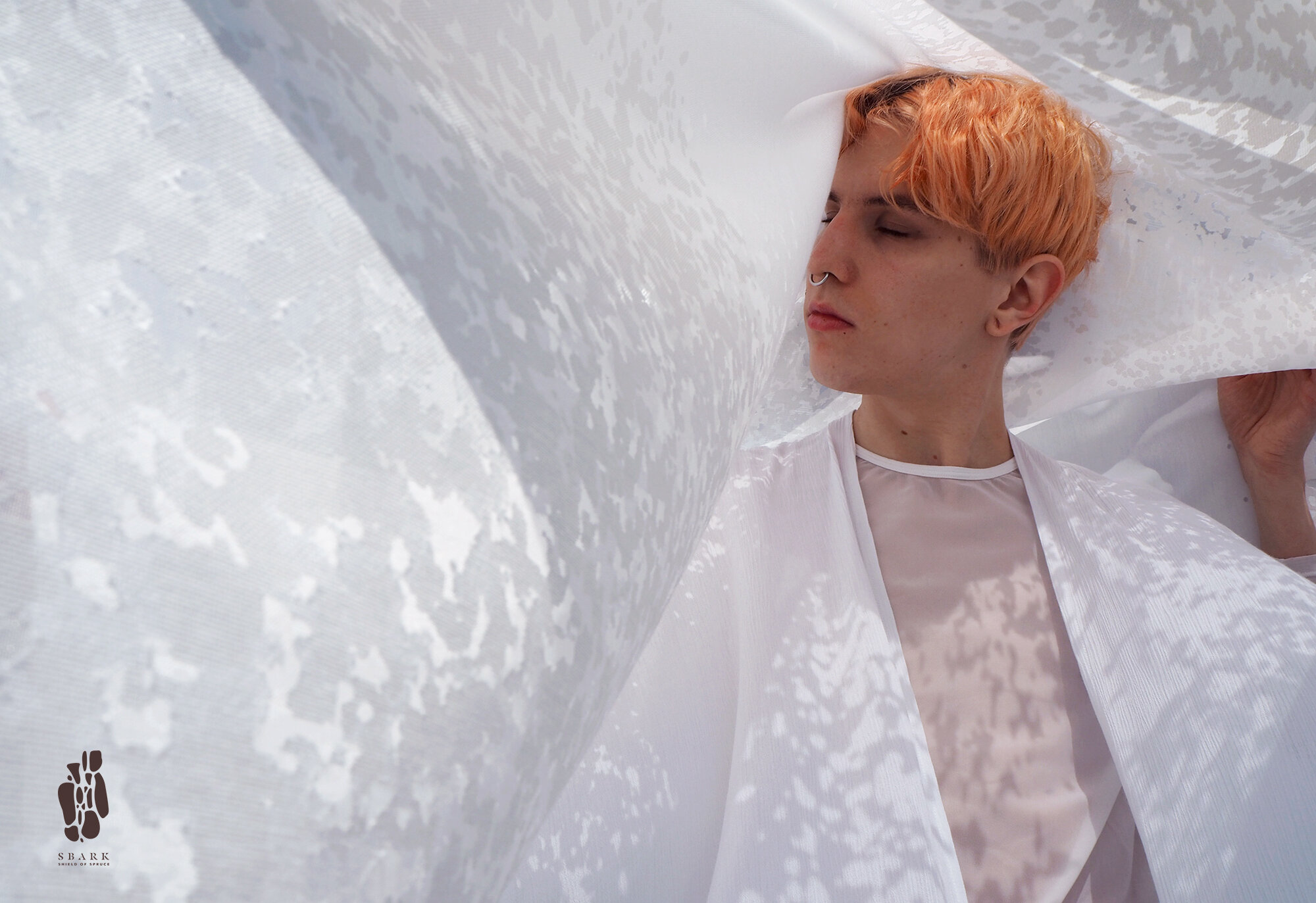
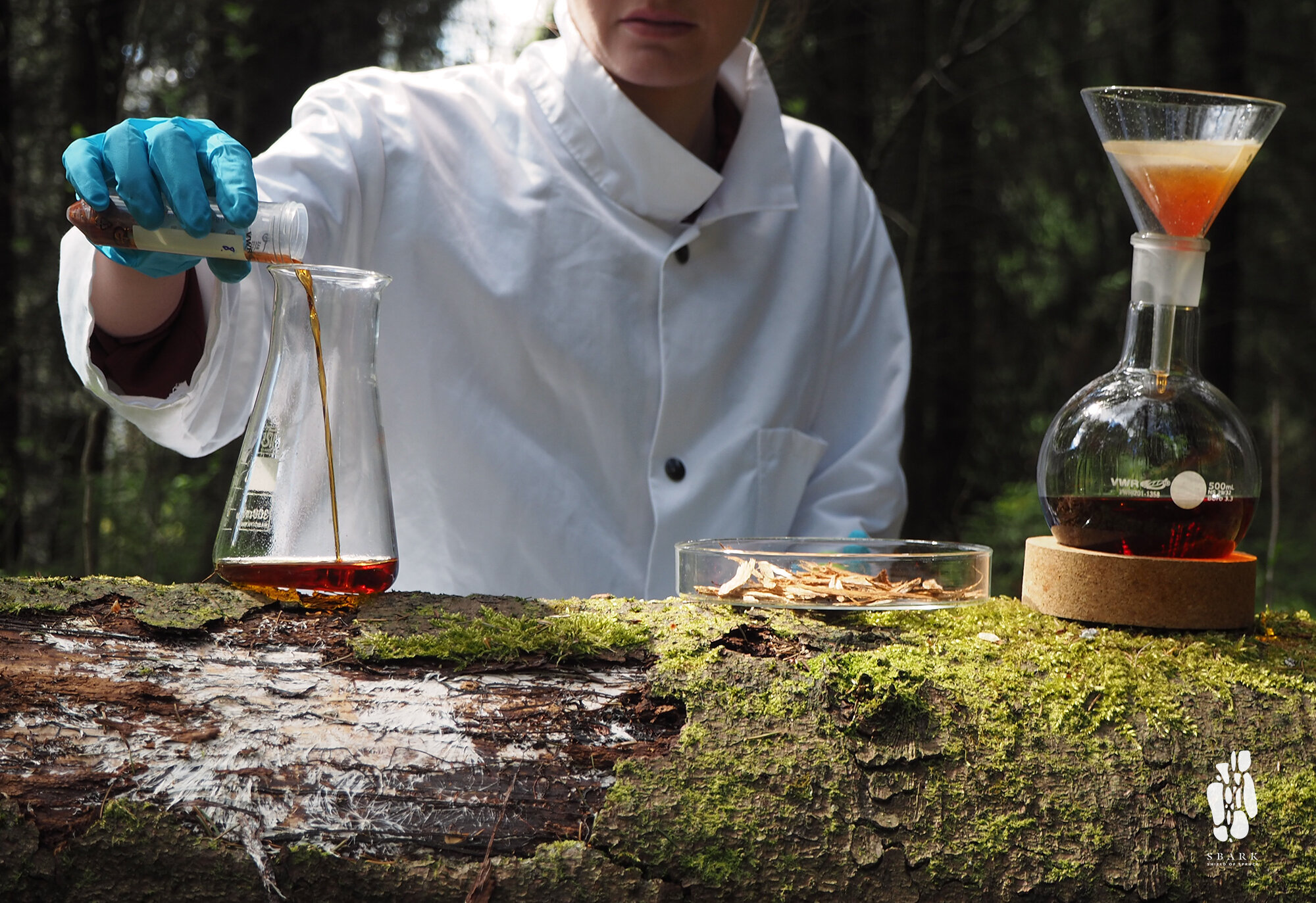
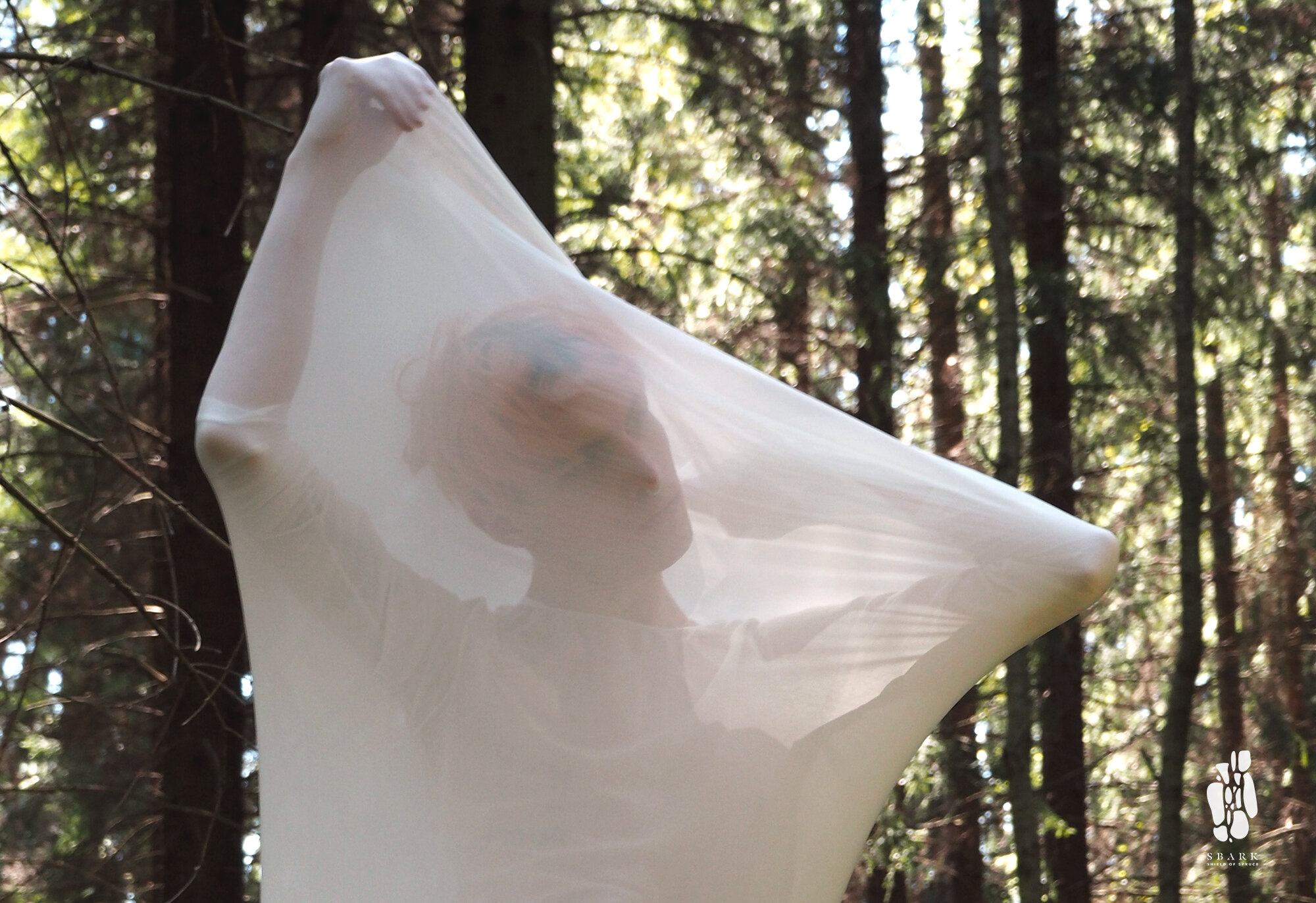
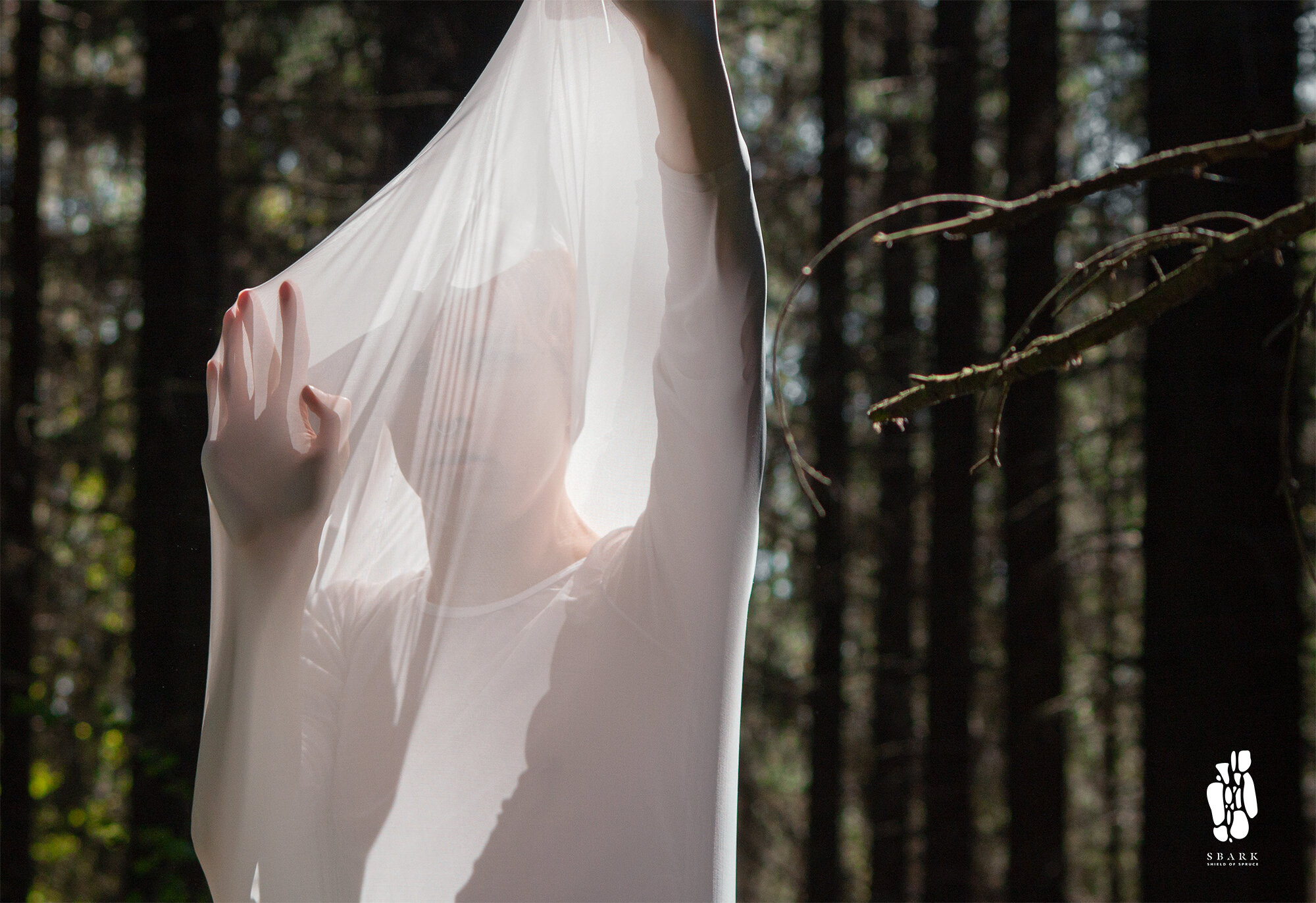
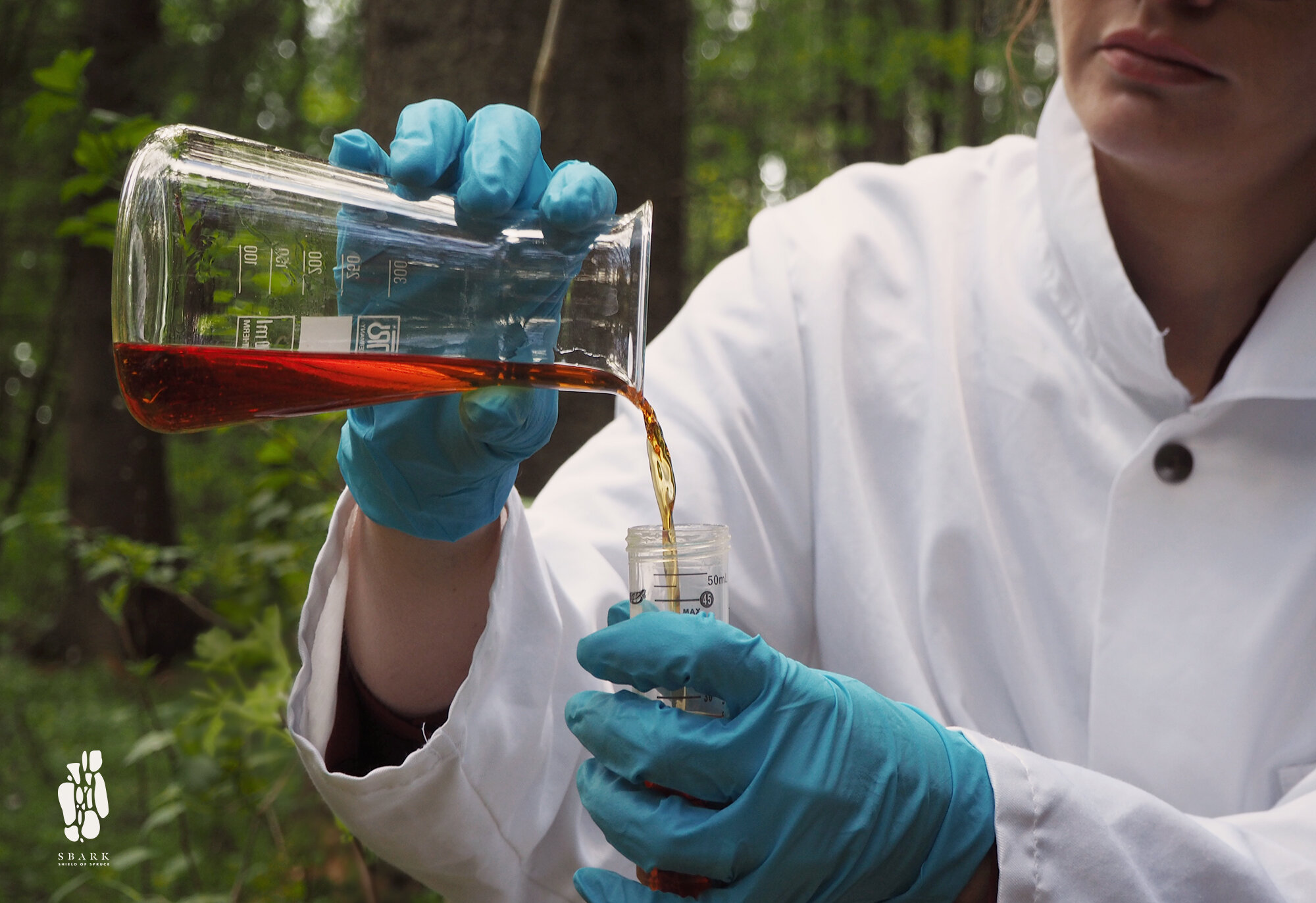
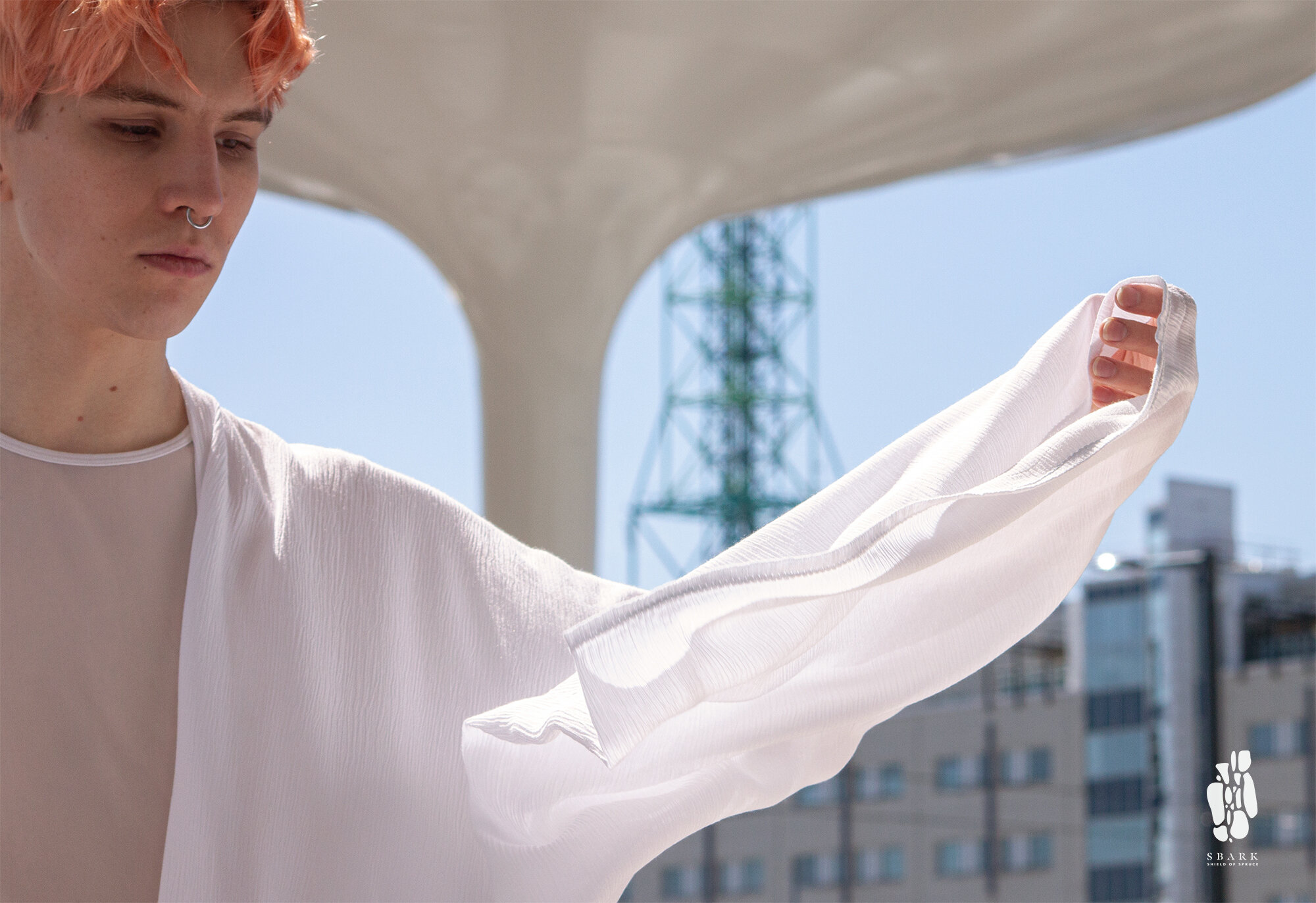
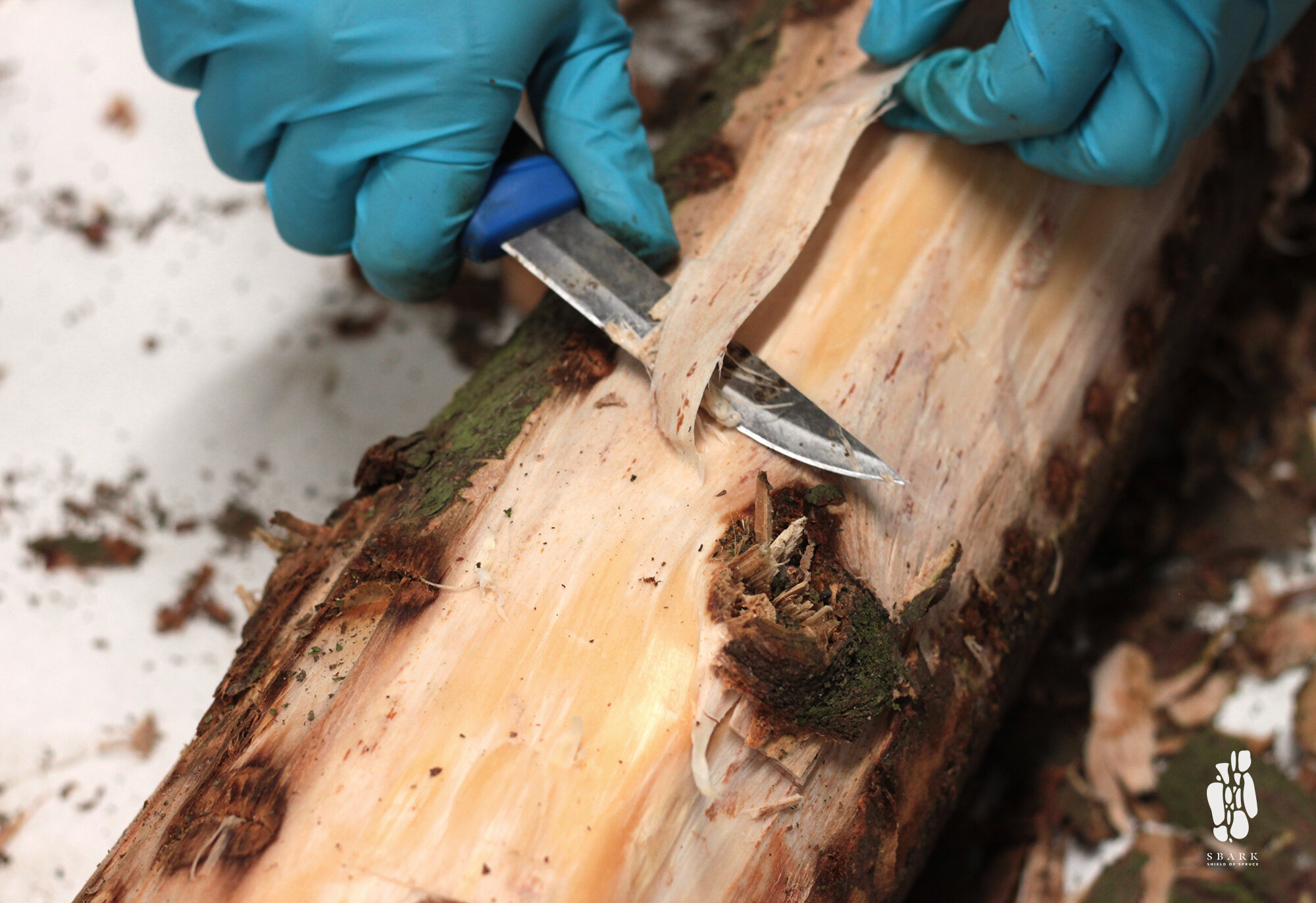
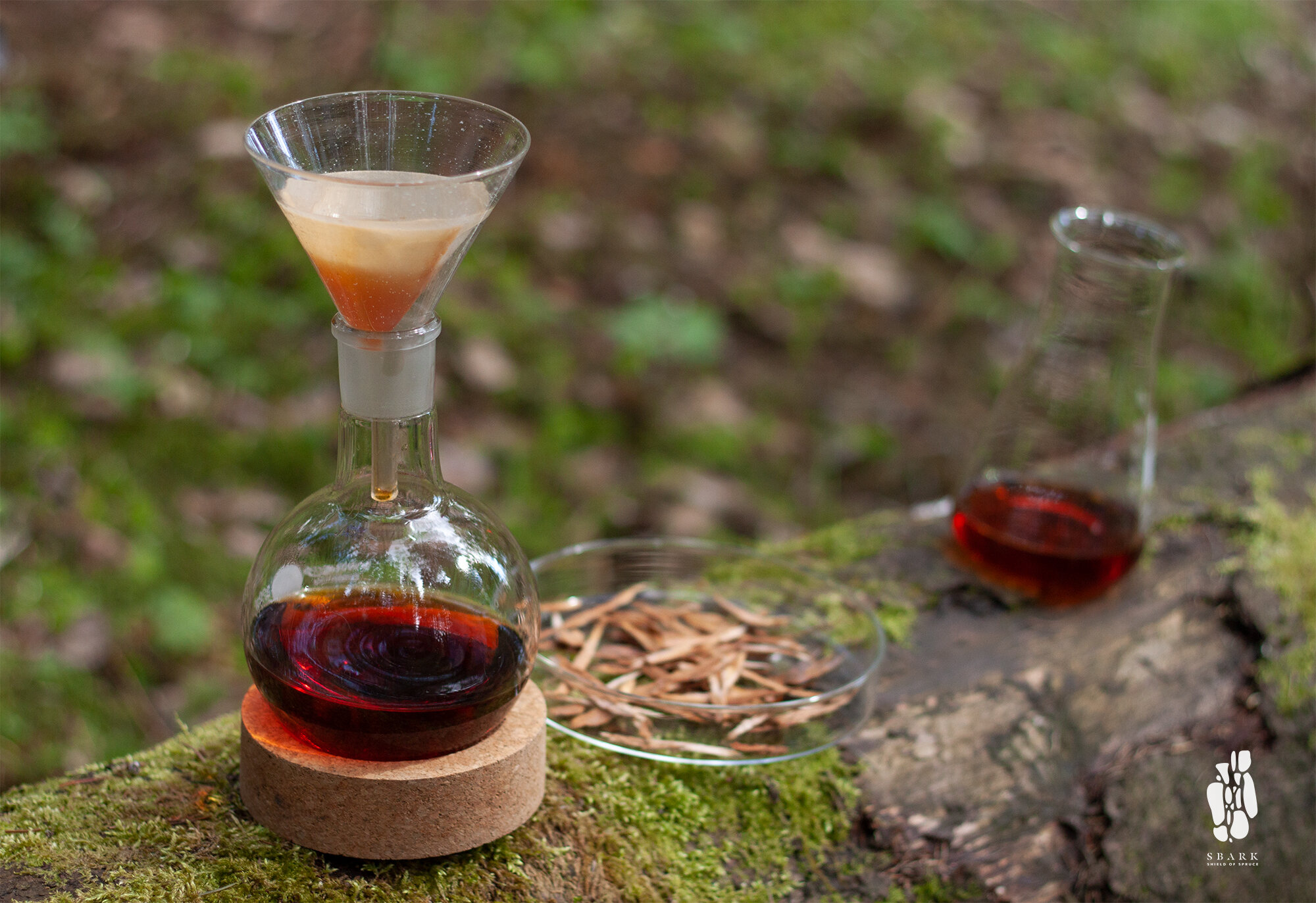
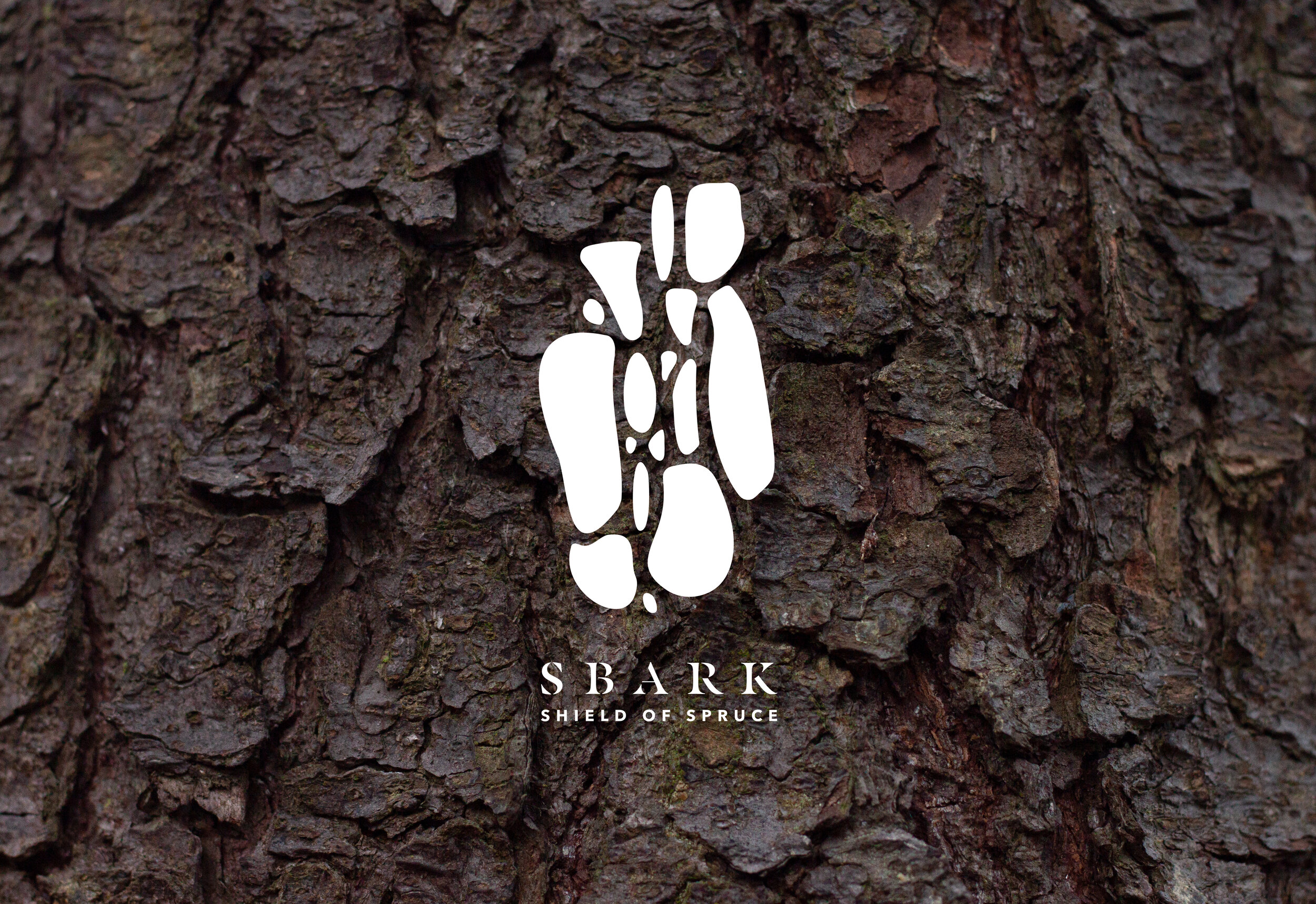
instructors
Pirjo Kääriäinen works as professor between two Aalto University Schools, the School of Arts, Design and Architecture (ARTS) and the School of Chemical Engineering (CHEM). Since 2011 she has been facilitating interdisciplinary CHEMARTS collaboration together with professor Tapani Vuorinen. CHEMARTS is aiming to inspire students and researchers to explore bio-based materials together, and to create new material concepts for the future. Before her career in academia, Kääriäinen worked eighteen years for Scandinavian textile industry and commerce, and gained experience as an entrepreneur and consultant for creative industries. Her background is originally in textile design. Her professional interests are: Bio-based materials, interdisciplinary collaboration, design for sustainable materials, experimental design, future textiles.
Tapani Vuorinen is a Professor of Forest Products Chemistry at Aalto University. He has co-authored over 200 peer-reviewed scientific papers on the structure and chemistry of plant biomass and its conversion into chemical and material products. His current research focuses in the nanostructure and the reactivity of the plant cell wall. Apart from his own scientific practice, Vuorinen has promoted collaboration between academic disciplines, external stakeholders, and the public through co-organizing CHEMARTS activities, real-life boot camp courses, and other joined actions with industrial companies, secondary schools, and more.
Iina Solala works as a university teacher in the multidisciplinary CHEMARTS program. Holding a Dr. Sc. (Tech.) degree in forest products chemistry, she has research experience from various plant-based materials, including their mechanochemical processing and water interactions, as well as producing different types of nanocelluloses out of them. She is interested in green chemistry and sustainable materials, arts and design, and how these can overlap.
